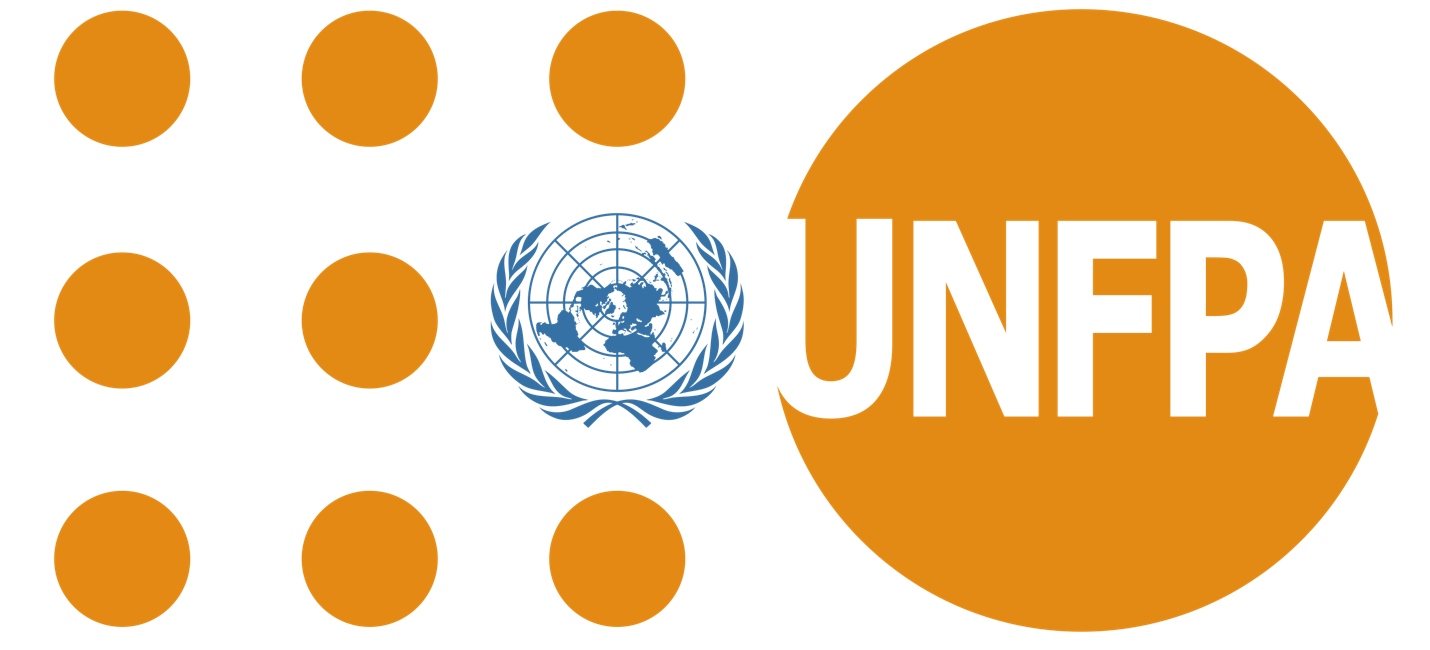Description

Disclaimer: Copyright infringement not intended.
Context
- As India surpasses China to become the world’s most populous nation, the UN said that with 50 per cent of its population below 25 years, India would be having a time-bound opportunity to benefit from the demographic dividend.
- India’s population is 1428.6 million against China’s 1425.7 million.
Highlights
Young cohort
- As the country with the largest youth cohort, India's 254 million youngsters could be a source of innovation, new thinking and lasting solutions, the United Nations Population Fund (UNFPA) said in its world population report, 2023.
Women empowerment
- The trajectory can leapfrog India forward if women and girls in particular are equipped with equal educational and skill building opportunities, access to technology and digital innovations, and most importantly with information and power to fully exercise their reproductive rights and choices.

Greying population
- The report also shows India's greying population is significantly less than other major economies.
- Just about 7 per cent of India’s population is over 65 years old as against 10 per cent in Brazil, 14 per cent in China, 18 per cent in the USA and 30 per cent in Japan.
- In most of the European nations, nearly one-fifth of the population is over 65 years.
Global scenario
- The new report provides a closer look at the world demography looking at individual countries and provides some hint on what lies in the future.
- It shows how global demographics will change in the next 25 years.
- Eight nations - three Asian and five African - will account for half of the projected growth in global population by 2050. They are Congo, Egypt, Ethiopia, India, Nigeria, Pakistan, the Philippines and Tanzania.
- Global experience, according to the UN, has shown that family planning targets can lead to gender-based discrimination and other harmful practices.
About UNFPA
- UNFPA is the United Nations sexual and reproductive health agency.
- Their mission is to deliver a world where every pregnancy is wanted, every childbirth is safe and every young person's potential is fulfilled.
UNFPA Supports
- Reproductive health care for women and youth in more than 150 countries – which are home to more than 80 per cent of the world’s population.
- The health of pregnant women, especially the 1 million who face life-threatening complications each month.
- Reliable access to modern contraceptives sufficient to benefit 20 million women a year.
- Training of thousands of health workers to help ensure at least 90 per cent of all childbirths are supervised by skilled attendants.
- Prevention of gender-based violence, which affects 1 in 3 women.
- Abandonment of female genital mutilation, which harms 3 million girls annually.
- Prevention of teen pregnancies, complications of which are the leading cause of death for girls 15-19 years old.
- Efforts to end child marriage, which could affect an estimated 70 million girls over the next 5 years.
- Delivery of safe birth supplies, dignity kits and other life-saving materials to survivors of conflict and natural disaster.
- Censuses, data collection and analyses, which are essential for development planning
-min.jpg)
Origin
- The agency began operations in 1969 as the United Nations Fund for Population Activities under the administration of the United Nations Development Fund.
- In 1971 it was placed under the authority of the United Nations General Assembly.
- Its name was changed into United Nations Population Fund in 1987. However, the shortened term of UNFPA has been retained.
- The organization was created in 1969, the same year the United Nations General Assembly declared “parents have the exclusive right to determine freely and responsibly the number and spacing of their children.”
- UNFPA calls for the realization of reproductive rights for all and supports access to a wide range of sexual and reproductive health services – including voluntary family planning, maternal health care and comprehensive sexuality education.
Three ambitious targets
- In 2018, UNFPA launched efforts to achieve three transformative results, ambitions that promise to change the world for every man, woman and young person:
Ending unmet need for family planning
- Family planning is central to women’s empowerment and sustainable development.
- Today, more than 300 million women in developing countries are using contraception, but more than 214 million women who want to plan their births do not have access to modern family planning.
Ending preventable maternal death
- Since 1990, maternal mortality has declined by 44 per cent.
- Still, some 830 women and adolescent girls die each day from preventable causes related to pregnancy and childbirth, and 99 per cent of these deaths occur in developing countries – more than half in fragile and humanitarian settings.
Ending gender-based violence and harmful practices
- One in three women will experience physical or sexual violence in her lifetime.
- And approximately one in four girls in the developing world is married before age 18.
Geographical outreach
- The UNFPA supports programs in more than 144 countries across four geographic regions: Arab States and Europe, Asia and the Pacific, Latin America and the Caribbean, and sub-Saharan Africa.
- It is a founding member of the United Nations Development Group, a collection of UN agencies and programmes focused on fulfilling the Sustainable Development Goals.
|
PRACTICE QUESTION
Q) India’s youth cohort could be a source of innovation, new thinking and lasting solutions. Examine the validity of this statement. (150 words)
|

https://www.deccanherald.com/national/india-becomes-the-world-s-most-populous-nation-50-below-25-years-unfpa-1211006.html












